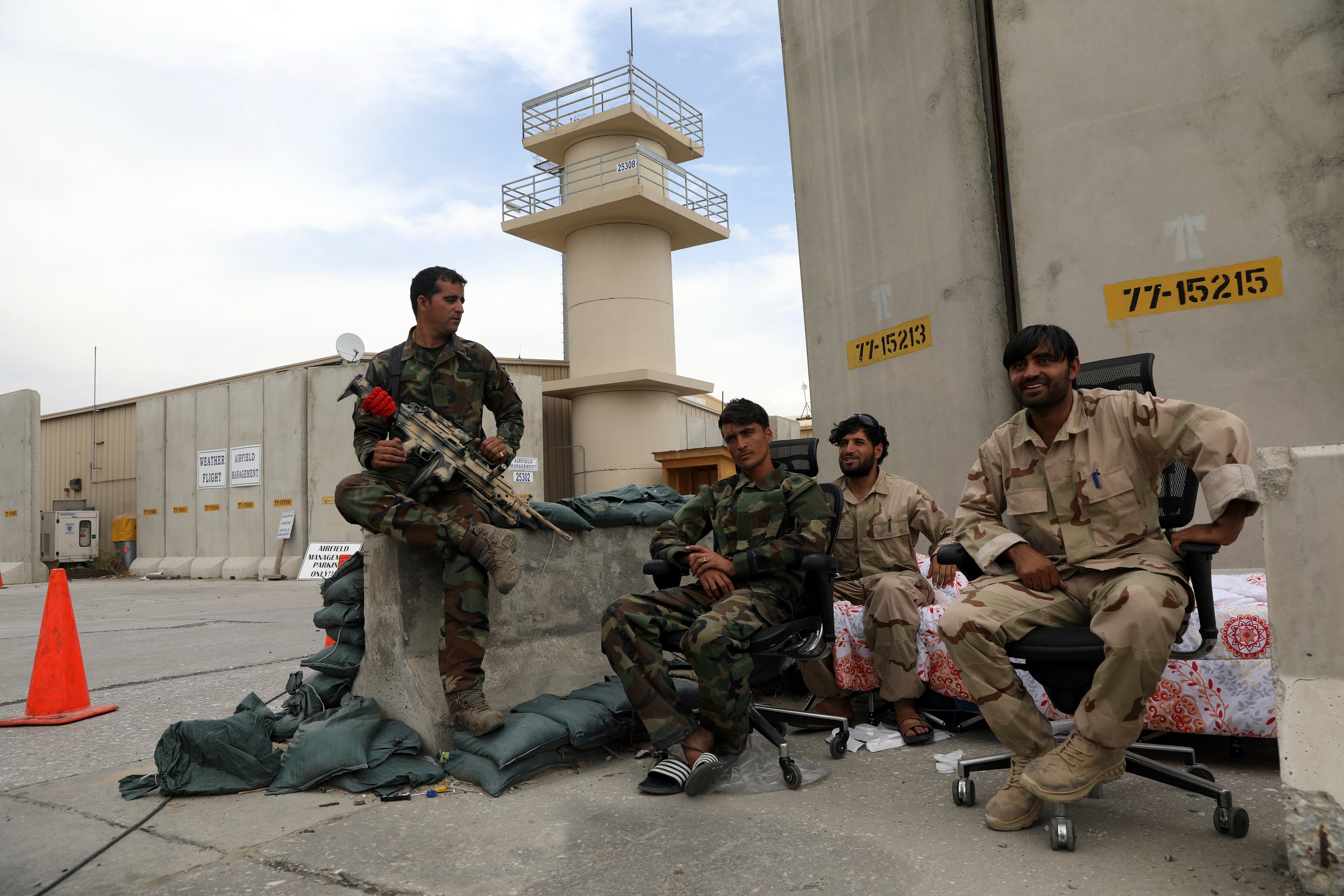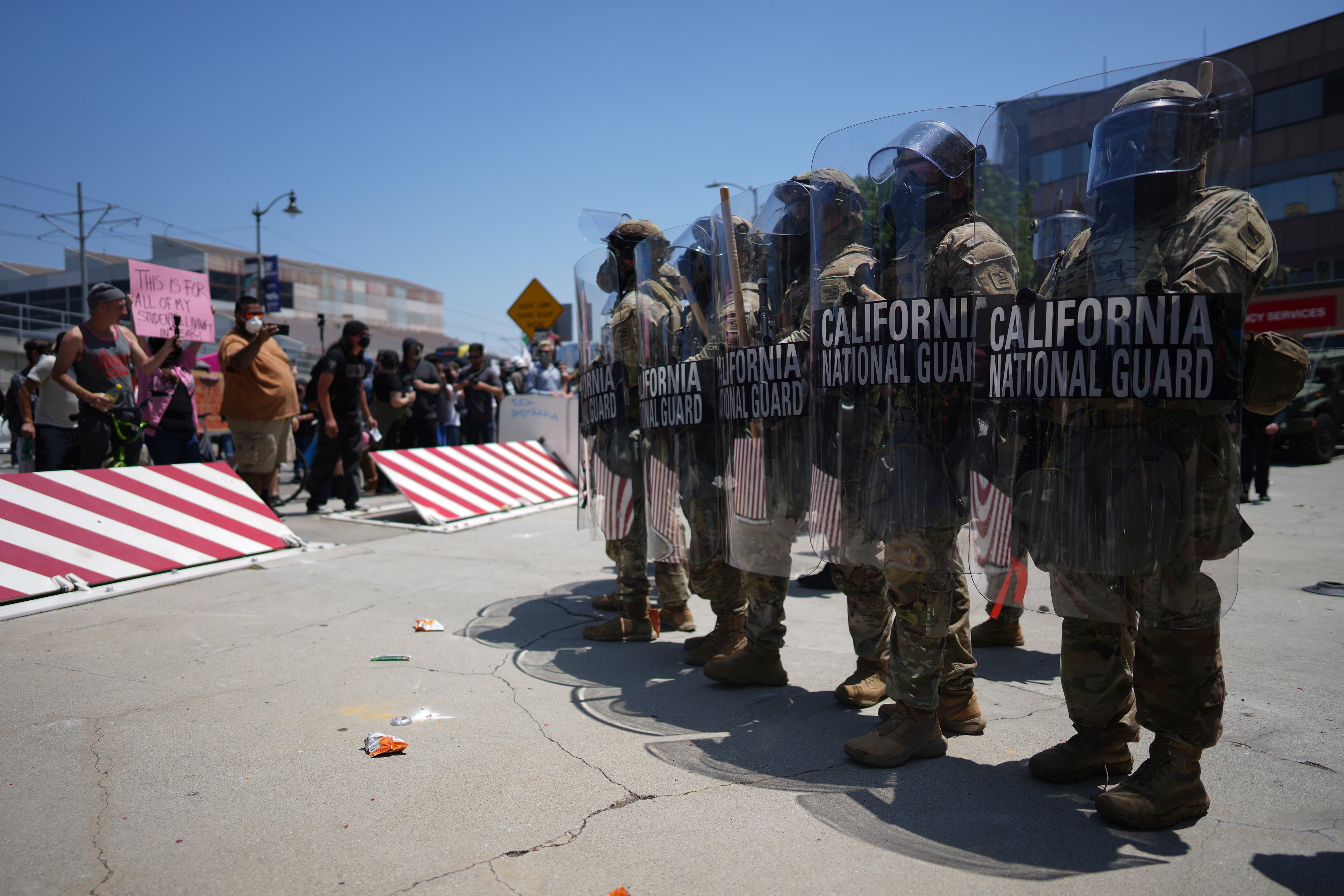Elements of two Marine Corps infantry battalions tasked with securing Kabul for civilian evacuations are already on the ground, Pentagon spokesman John Kirby told reporters on Friday. By the end of the weekend will be joined by an Army battalion to complete an eventual total surge of 3,000 troops.
The Defense Department is calling it a “temporary” and “narrowly defined” security mission, focused on protection of personnel, but as more major Afghan cities fall to the Taliban, it’s a question of when ― not whether ― the Taliban will make their stand in the country’s capital.
“They’re certainly going into harm’s way ... and they will have the right of self-defense,” Kirby told reporters. “If there is an attack upon our forces, our commanders have now, and have always had, the right and responsibility to defend themselves.”
The infantry battalions will be receiving imminent danger pay, an extra $225 per month for deployments in which hostile fire or mine explosions are a likelihood, DoD confirmed to Military Times. They’ll also have no taxes withheld from their paychecks while in Kabul, and neither will the BCT in Kuwait.
Responding to questions of why this mission is labeled “security” and not “combat,” Kirby rejected the semantics debate.
“Nobody’s walking away from the fact that this is potentially dangerous,” he said. “We’re all mindful of the perilous situation in Afghanistan, and the deteriorating security situation.”
The distinction is small, but important. Combat deployments are generally characterized by patrols outside the wire, high-value target captures and other shows of force.
RELATED

None of that is expected in Kabul, as troops will be focused on securing the embassy and the airport so that State Department personnel and Afghan special immigrant visa applicants and their families can leave the country safely.
Both carry the very real possibility of being shot at. Though the U.S. “combat mission” in Afghanistan ended in 2014, hundreds of troops have been killed or injured in the course of the train-advise-assist mission with Afghan forces, as well counterterror missions aimed at the local ISIS contingent.
A force of 3,000 can also have a deterrent effect on the Taliban, who may hold off a siege on Kabul with thousands of Marines and soldiers ready to respond.
Targeted air strikes, both by the Afghan and U.S. air forces, are ongoing.
“Planning for these sorts of contingencies is not unusual. In fact, it’s quite common,” Kirby said. “And one of the reasons why we have been able to react as quickly as we did, in just the last day or so, is because we had plenty of contingency planning in the works. In fact, much of it complete, because we had been ... watching consistently the security situation on the ground.”
In addition to the three battalions, an 82nd Airborne Division infantry brigade combat team is preparing to deploy to Kuwait as a back-up response force.
Kirby couldn’t say whether they would be called on for extra support, or just in case of a siege.
Meghann Myers is the Pentagon bureau chief at Military Times. She covers operations, policy, personnel, leadership and other issues affecting service members.





